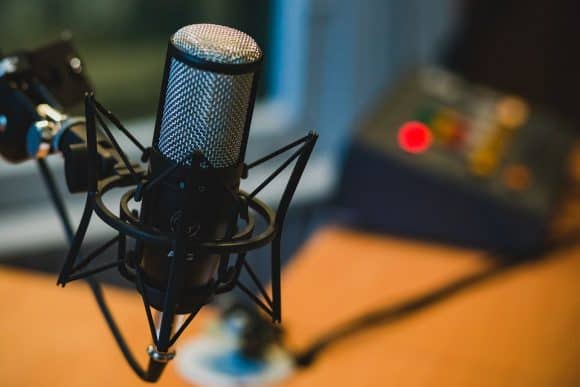Are you a budding musical artist? Or are you looking to jumpstart your YouTube career? Investing in a good microphone for your home studio is one of the most important steps that you will take when arranging your setup. Your microphone’s performance and quality can make or break your project. There are so many microphones available nowadays. You don’t even need to be tech-savvy to know what would work for you.
However, if you’re a newbie or just looking to upgrade your equipment, you need to do your research first. Jump into this guide so you can find the best microphone for you.
Types of Microphone
A microphone is one of the most vital items in any home recording studio setup. To know what you should purchase, you should first familiarize yourself with the types of microphones available out there.
- Condenser microphone – a condenser microphone is commonly used to record acoustic instruments and studio vocals. It is known for its wide and smooth frequency response. It produces detailed, sharp, and clear sound. This type of microphone requires external power.
- Dynamic microphone – a dynamic microphone is popular for recording guitar amplifiers, drums, as well as woodwind and brass instruments. It’s also known for its longevity and durability.
- Ribbon microphone – a ribbon microphone is known for its warm and smooth sound quality. It also complements digital recording very well. Just like condenser microphones, a ribbon microphone requires external power. It’s also worth noting that ribbon microphones are very delicate and can be expensive.
Choosing a Microphone According to Brand
When selecting a microphone for your home studio, you should also check their brands. Research is important in finding the best brand for a new microphone for your home studio. This is a vital process because purchasing microphones from well-known brands in the market will ensure top-quality sound recording. Some of the most trusted microphone brands to look out for are Blue Microphone, Audio-Technica, Sennheiser, Shure, Neumann, sE Electronics, and, AKG. Each brand offers its own distinct quality based on performance, affordability, and durability. A thorough comparison check of these brands will help you make the right choice eventually.
Choosing A Microphone According to Purpose
You already know what the basic qualities are of different types of microphones available in the market. Now it’s time to evaluate how you intend to use your microphone so you can select the best kind. If you’re a musical artist, determine what kind of instruments you plan to record. Condensers are great for acoustic guitar, piano, violin, and other stringed or winged instruments. Electric guitar, drums, brass, and percussion instruments would work best with dynamic microphones. Ribbon microphones are like high-end condensers as they work well with acoustic instruments too.
In terms of vocals, you also have to take into consideration what you’ll be recording. If you’re a rapper, a dynamic microphone will complement well with your voice. For singers, a condenser will work best with a variety of styles ranging from pop, R&B, gospel, and other softer genres of music. If you’re more into heavy and loud rock music, a dynamic microphone would be a good choice. A condenser is also perfect for voice-overs and other speaking roles. However, if you have a lower frequency of voice and would love a radio disk jockey style of recording, a dynamic microphone is your best bet.
Polar Patterns
Another thing to consider in selecting a microphone is its polar pattern. Do you want your microphone to pick up only sound that is directly recorded in front of it or around the entire room? The polar pattern is how your microphone picks up sound relative to the direction where it was made. A microphone with a cardioid polar pattern will reject sound coming from behind it. Microphones with an omnidirectional polar pattern, on the other hand, will pick up sound from all directions.
Proximity Effect
The proximity effect of a microphone deals with frequency response. This is common in cardioid microphones. In cardioid microphones, proximity effect happens when it gets closer to the source of the sound. When this happens, the bass and low-frequency increases. Getting a microphone that can produce a proximity effect is helpful if you want your voice to sound fuller and deeper. However, a proximity effect can do more harm than good if you intend to play acoustic guitars close by as it makes it sound boomy.
Choosing the right microphone for your home studio depends on several factors. This includes your allotted budget, preference, and how you intend to use it. Through proper research and actual microphone tests, you’ll surely find the best microphone that will suit your needs.
